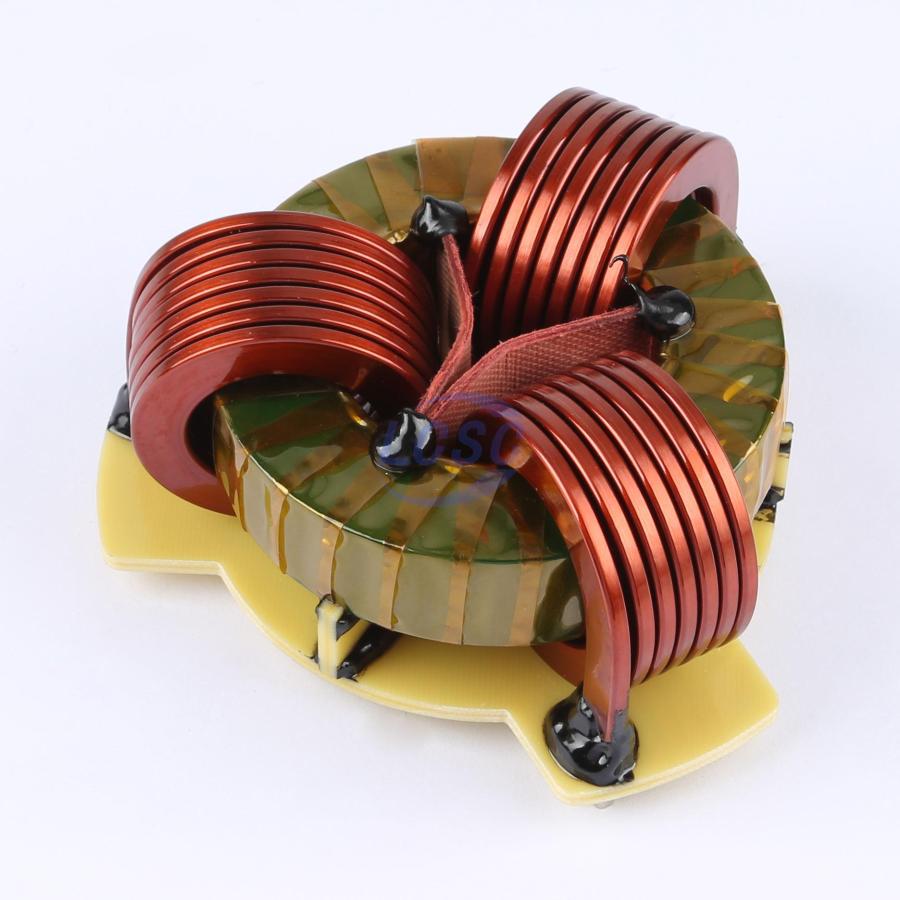this post was submitted on 16 Jan 2025
77 points (100.0% liked)
Electronics
2244 readers
96 users here now
Projects, pictures, industry discussions and news about electronic engineering & component-level electronic circuits.
Rules
1: Be nice.
2: Be on-topic (eg: Electronic, not electrical).
3: No commercial stuff, buying, selling or valuations.
4: No circuit design or repair, tools or component questions.
5: No excessively promoting your own sites, social media, videos etc.
Ask questions in https://discuss.tchncs.de/c/askelectronics
founded 2 years ago
MODERATORS
you are viewing a single comment's thread
view the rest of the comments
view the rest of the comments

This is a beautiful work of art! Can you ELI5 what this is, please?
A common mode choke is a passive electronic component that functions as a filter, blocking high-frequency noise that is "common" to multiple wires in a circuit while allowing the desired low-frequency signal to pass through, effectively suppressing electromagnetic interference (EMI) from unwanted radio signals or other sources within a system.
In the picture are 3 coiled wires, all sharing the same dark grey ring/toroid (but it looks yellow because it is wrapped in yellow kapton tape).
If you try and send the same signal through each of these 3 wires then they will all fight and cancel each other out (a bit like 3 people trying to through the same narrow doorway at the exact same time; no-one gets through). If the signals are different on each wire then they will get through fine (a bit like people going through a door at different times).
common mode chokes = choke/kill the signals that are common/same on all wires
You typically do not want common mode signals to exit your device and travel along cables, because then these cables act like radio transmitters. The exact reasoning for that is a bit more than I want to write here, but it's best explained with some pictures and phrases like "you turned your cable into a monopole you doof, use more common mode chokes and think of England".
Internally these devices work using magnetic fields in the dark-grey (ferrite) ring. I'm more familiar with 2-wire chokes where the coils are wound in opposite directions (so the magnetic fields they make cancel out), I am not sure how it works for 3 windings.
Thank you! As a software engineer, I can understand the necessity for impotency. You don't want the same request sent twice.